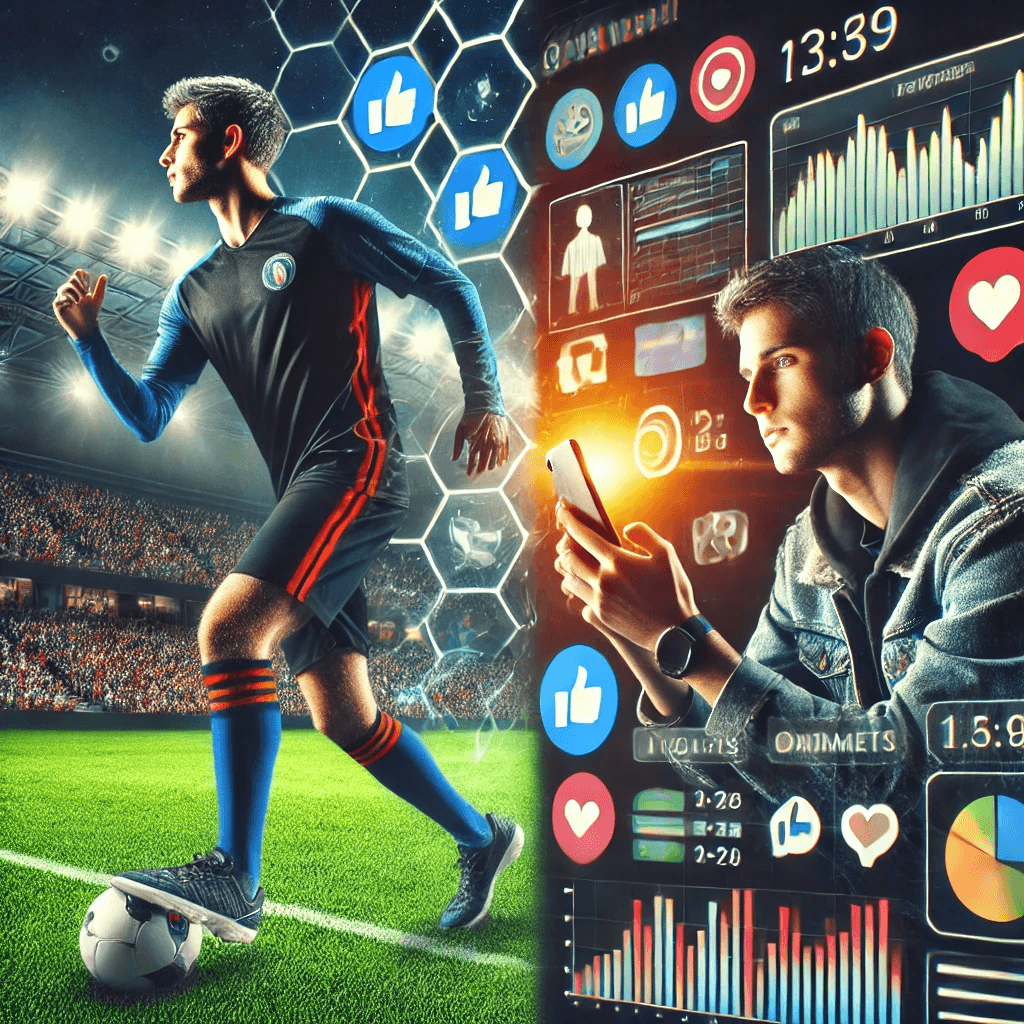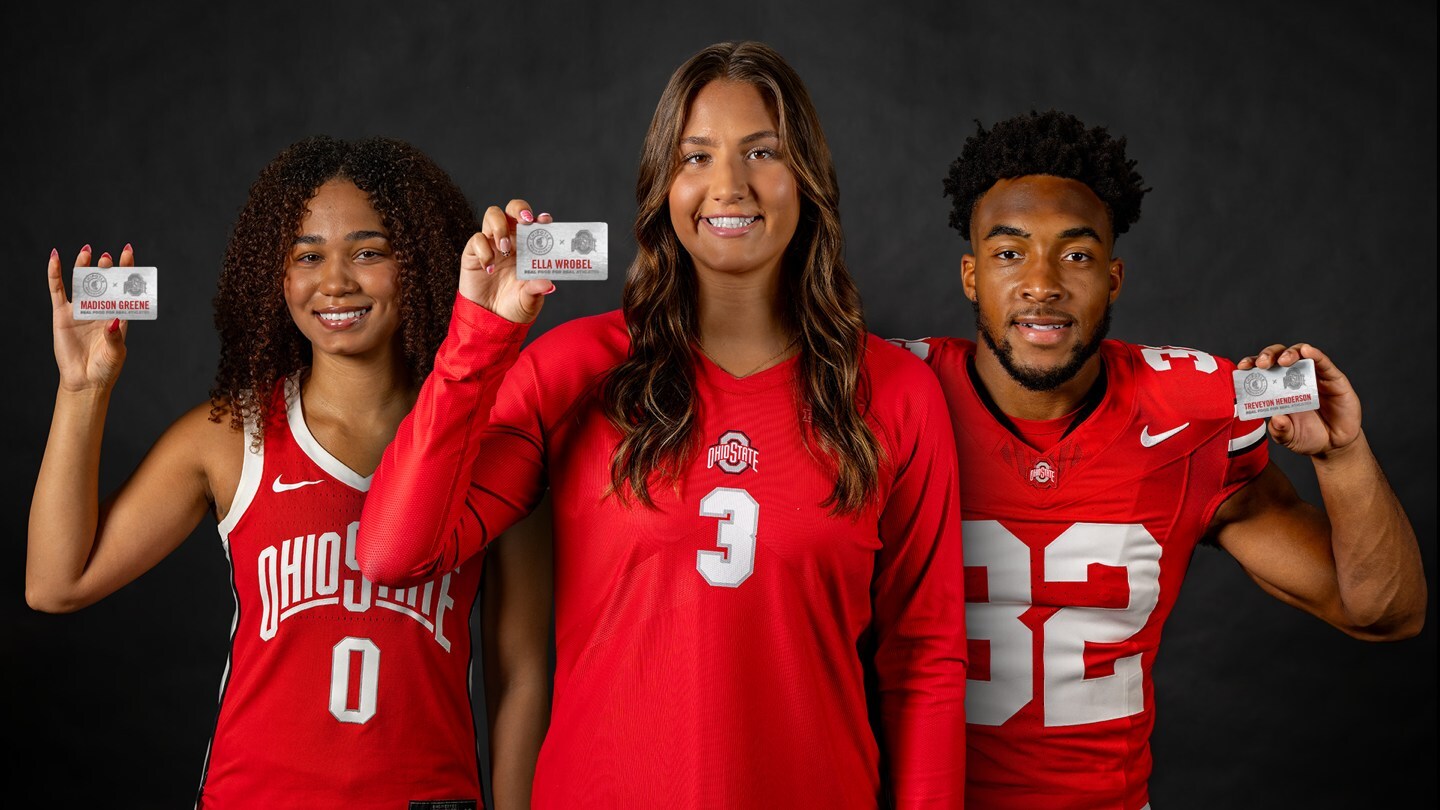Partnership Execution
5 Key Lessons from Successful NIL Sports Partnerships
The world of Name, Image, and Likeness (NIL) deals in college sports has opened up a new frontier for athletes and brands alike. Let's dive into five crucial lessons we can learn from some of the most successful NIL sports partnerships to date.
Leveraging Personal Brand: The Shedeur Sanders Story
Shedeur Sanders, quarterback and son of NFL legend Deion Sanders, has become a master of personal branding in the NIL era. His success offers valuable insights:
Family Legacy: Sanders effectively uses his famous last name while carving out his own identity.
Diverse Partnerships: From Beats by Dre to Gatorade, his deals span various industries.
Social Media Savvy: He maintains an active, engaging presence across platforms.
Authenticity: Sanders' partnerships align with his personal interests and football career.
Key Takeaway: Building a strong, authentic personal brand can attract diverse partnership opportunities. Athletes should focus on developing their unique voice and image, even if they don't have a famous last name.
Capitalizing on Viral Moments: Dieunerst Collin's Popeyes Deal
Dieunerst Collin's journey from meme to NIL deal is a testament to the power of internet fame when leveraged correctly:
Timing is Everything: Collin seized the moment when his old meme resurfaced.
Brand Alignment: He partnered with Popeyes, the very brand featured in his viral moment.
Turning Short-term Fame into Long-term Opportunity: Collin transformed a fleeting internet moment into a significant NIL deal.
Embracing His Story: Rather than shying away from his meme status, Collin leaned into it.
Key Takeaway: Athletes should be ready to capitalize on moments of heightened attention, turning them into lasting opportunities. Embracing your unique story, even if it's unconventional, can lead to standout partnerships.
The Impact of Major Brand Partnerships: Athletes and Nike
Nike's entry into the NIL space demonstrates the power of partnering with established brands:
Brand Prestige: Association with Nike instantly elevates an athlete's profile.
Long-term Vision: Nike often invests in long-term relationships with promising athletes.
Cross-Sport Opportunities: Nike's diverse portfolio allows for crossover appeal.
Innovation: The brand often pushes boundaries in marketing and product development.
Key Takeaway: While not every athlete will land a Nike deal, the lesson here is to seek partnerships with brands that offer more than just immediate financial gain. Look for opportunities that can provide long-term benefits, industry connections, and potential for growth.
Diversifying Across Sports: Beyond Football and Basketball
Successful NIL partnerships exist across a wide range of sports, offering lessons in diversity and niche marketing:
Swimming: Regan Smith's deal with Speedo shows the value of sport-specific partnerships.
Gymnastics: Sunisa Lee's collaboration with Clif Bar emphasizes health and performance.
Track and Field: Athing Mu's Pepsi partnership demonstrates crossover appeal to mainstream audiences.
Key Takeaway: There are opportunities in every sport. Athletes in non-revenue sports should emphasize their unique appeal and seek out brands that align with their specific athletic pursuits. Brands should look beyond traditional powerhouse sports for untapped potential.
Local vs. National Partnerships: Finding the Right Fit
The NIL landscape isn't just about big national brands. Many athletes have found success with local businesses:
Community Connection: Local partnerships can strengthen an athlete's ties to their college town or home community.
Authenticity: Partnering with local brands often feels more genuine to fans.
Mutual Growth: As the athlete's profile rises, they can help elevate local businesses.
Diverse Opportunities: From local restaurants to car dealerships, options are varied.
Key Takeaway: Athletes should consider a mix of local and national partnerships. Local deals can provide a strong foundation and community support, while national deals offer broader exposure. The key is finding partnerships that feel authentic and align with the athlete's values and goals.
Conclusion:
As the NIL landscape in college sports continues to evolve, these lessons provide a roadmap for both athletes and brands. The most successful partnerships will be those that prioritize authenticity, leverage unique stories and talents, and provide mutual benefit to both parties.
Whether you're an athlete looking to maximize your NIL potential or a brand seeking to connect with rising sports stars, keep these lessons in mind. The future of NIL is bright, and those who can apply these insights will be well-positioned for success in this exciting new era of college sports marketing.
Jul 23, 2024
Corey Bruno
Here are some related blog posts you might be interested in reading



